Today, there are a whole bunch of treatments that can be applied to your glasses for optimal quality, like anti-scratch, anti-fog, anti-blue light, hydrophobic, oleophobic… the list goes on.
They are allo important but one of them is particularly useful and that's anti glare. What exactly does anti-glare (also known as anti-reflective) do for lenses?
Let’s delve deeper into the benefits of this particular treatment and why it's something you should consider when buying glasses.
What does anti-glare do for glasses?
From a scientific perspective the anti-glare on the glasses allows more light to pass through. This improves your perception and allows more information to reach your eyes.
From a technical perspective, anti-glare is simply a surface treatment your optician applies to the inside and out of your glasses. It’s like an invisible paint, but we don’t recommend running into any locker rooms… people can still see you.
Benefits of anti-glare lenses
There are more advantages to anti-glare lenses than you might expect, its not just about protecting yourself from being blinded by a sudden burst of sunlight. Unless you live in Seattle, then that’s probably not something you worry about anyway.

They improve your vision
First and foremost, the anti-glare allows more light through your lenses. That’s because no information is lost by your brain trying to process reflections, and thus, your vision is improved.
Unbelievably, lenses that are not anti-glare can lose up to 15% of light processed!
They increase the durability of the lens
If the anti-glare treatment is good quality (ask your optician for advice on choices), your lenses will become more resistant and durable than untreated lenses… or the latest British Prime Minister.
They stay cleaner, longer
The latest anti-glare glasses are designed to be resistant to both oily compounds and water. This means your glasses stay cleaner for longer, if you learn how to clean your glasses correctly.
PS: do not confuse anti-glare with hydrophobic / oleophobic treatment, which are much more advanced, effective and of course, expensive. Anti-glare has similar properties but aren’t quite as high end as these special requirements. If you have specific needs, you can completely combine anti-glare and other high-end treatments.
They make glasses look thinner
Reducing reflections on your glasses allows both them and the lenses themselves to be much more discreet. Strangely, perception wise it just makes the lenses on your glasses appear thinner. This is great for people who have strong prescriptions with thick lenses who are worried about looking like Bubble from Trailer Park Boys (not that there’s anything wrong with that, if that’s your jam)!

They highlight your eyes
If you communicate more with your eyes than your words, staring across the bar, seducing the attractive person opposite you with your ‘come hither’ stare, then the last thing you want is your glasses getting in the way.
Plus, it’s a bit creepy when you can’t see someone’s eyes properly.
The reflections in glasses can be quite off-putting sometimes, causing the person you’re speaking to to lose focus as they get distracted trying to figure out where your eyes are.
Anti-glare means they can see your dazzling blues, emerald green, or chocolate brown eyes no matter how thick your lenses are.
Anti-glare for screens
Look where we’ve ended back up. The famous screen problem. In a world of constant screen exposure, whether it’s your iPad, computer or TV, how do you keep yourself protected from negative side effects?
Screens are particularly prone to emitting reflections, thanks to surrounding glare from lights or trying to view your screen in the sun. This causes discomfort, and more importantly, makes it harder for you to place first on Rainbow Road.
Over time that discomfort can grow, leading to headaches, blurred vision, dry eyes and general eye strain and fatigue. It’s important to see the screen carefully without stray reflections (or cats) causing issues.

Glare isn’t harmful to your eyes, it's just a massive pain. But there are other things that are legitimately problematic – like blue light.
As LED screens give off blue light, a treatment like blue light blocker is recommended in addition to anti-glare. It is also an increasingly popular lens treatment for all glasses as it improves your eye health.
Beware, however, of the quality of filtration. Not all treatments are created equally!
Lastly, there’s one more important consideration concerning the use of anti-glare glasses in front of a screen: video chatting. If you live far away from your family, or partner, or just prefer facetime to voice calls, you want the person you’re talking to to see you clearly.
We’re not at Star Wars hologram levels of tech yet, but anti reflective glasses will bring you closer to whoever is on the other side of the call…. in whatever way you wish 😉.
Anti-glare for night driving
Being dazzled by headlights or street lights is a common problem at night, especially for people who suffer from certain eye conditions like astigmatism.
It’s also not a problem limited to those who wear glasses, many people see halos and reflections around headlights and streetlights at night – this phenomenon might even be personally familiar to you. It’s not God, or Morgan Freeman trying to send a message, its just part of light diffraction, and glasses can help solve it.
The anti-reflective coating applied to lenses reduces glare and reflections. It’s an effective treatment, not only at night but also during the day from surfaces that reflect light and can dazzle you. This could be sun on windshields, panelling or steel tables.
In addition to the basic anti-glare glasses that help with night driving, there are also glasses specifically designed for night driving alone. They usually have a yellow tint, like gaming glasses – a characteristic that accentuates contrasts and provides relief against light diffraction.
Disadvantage of anti-glare glasses
As always, its not all sunshine and rainbows. Anti-reflective lens also have disadvantages that it’s important to take into account before purchasing your next pair.
They require special cleaning
If your glasses have been equipped with anti-reflective technology, then you need to give them special attention when it comes to cleaning.
The treatment has been applied to the surface and the last thing you want to do is accidentally remove it with chemicals that can deteriorate its effectiveness.
We recommend using a microfiber cloth and suitable solutions as recommended by your opticians or eye doctor.
Any dirt is very visible
If your glasses are dirty, it will be even more visible if you have an anti-glare coating on them. The removal of the mirror effect leaves room for clearly visible dirt and you don’t want to look like you’ve just come straight from a fight with Clayface.

The glasses can’t be repaired
Unfortunately, if anti-glare treatment is damaged then the glass needs totally changing by an optician. It can’t be redone unfortunately, which is why keeping your glasses clean with the right equipment is top priority.
What does anti-glare do for glasses? Final thoughts
Anti-glare or anti-reflective glasses treatment is an essential option offered by opticians worldwide. The advantages far outweigh the disadvantages and brings real additional comfort.
Plus, this treatment isn’t just available on glasses required for you to see. Those who wear sunglasses, blue light blocking glasses, or gaming glasses can also choose options with anti-glare treatment; so you’re protected inside and out.
FAQs : Frequently Asked Questions
How do I take care of my anti-glare glasses?
Like all glasses, those equipped with anti-reflective lens have special treatment requirements. Here are 4 tips to keeping your second pair of eyes sharper than your first:
- Use suitable and non-aggressive products which could alter the glasses treatment. Always ask your optician if you’re unsure.
- Wet your glasses before cleaning to avoid scratches
- Use a good quality microfiber cloth (put your t-shirt down…!)
- Use a transport box that keeps your glasses secure and not bumping around like rocks in a tin can.
How do I know if my glasses have anti-glare treatment?
Finding out if your current glasses are already anti-glare is quite simple. All you have to do is hold your glasses up to your eyeline and check out the reflections of light sources in them. If the colors in the reflection are identical to the original colors then you have no anti-glare protection. If they’re different, then you may have an anti-glare coating.
But the easiest thing to do is to just pop into your optician and ask!




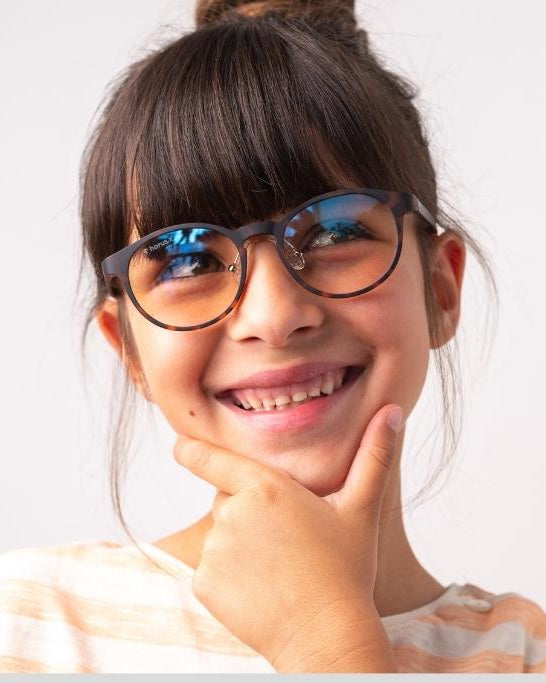
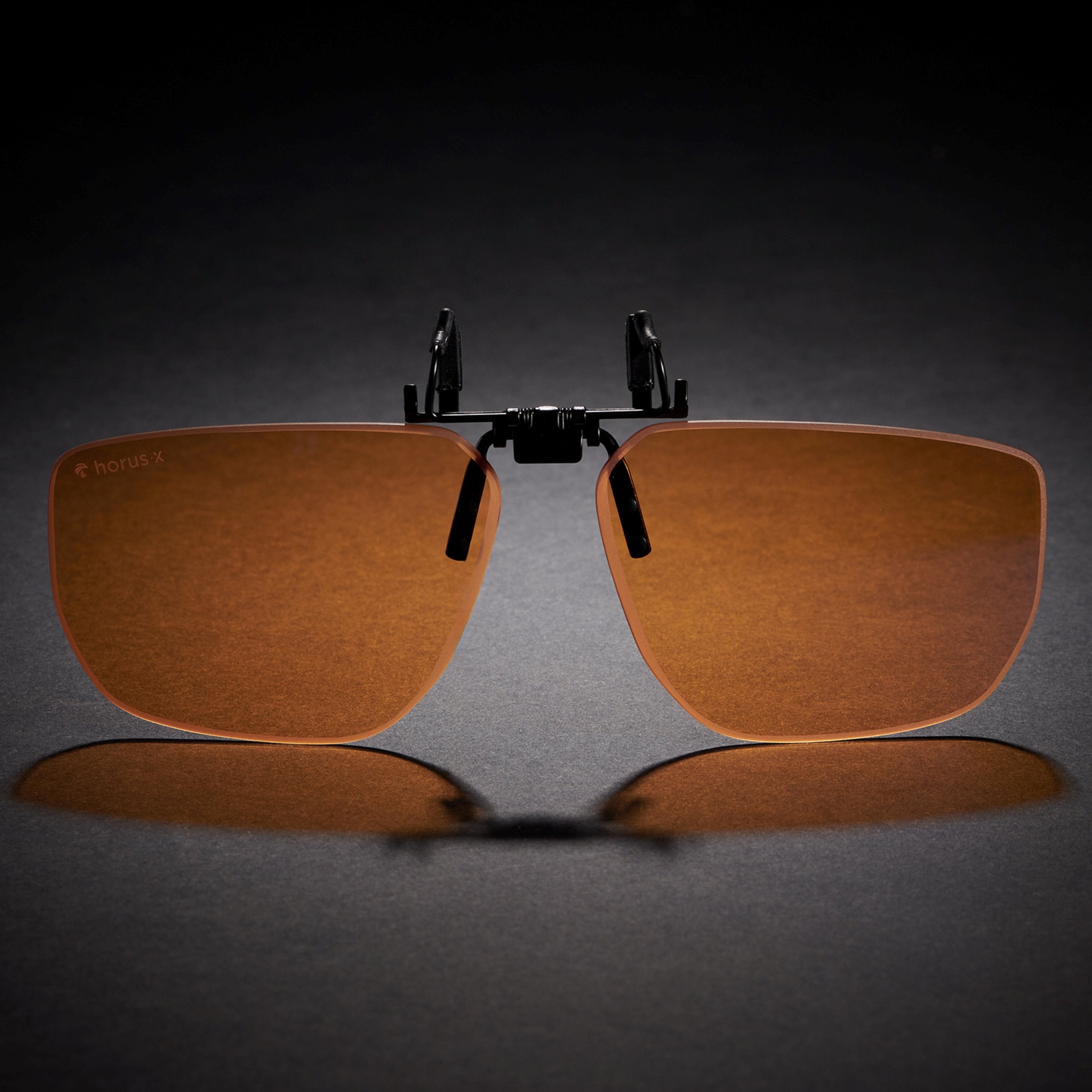

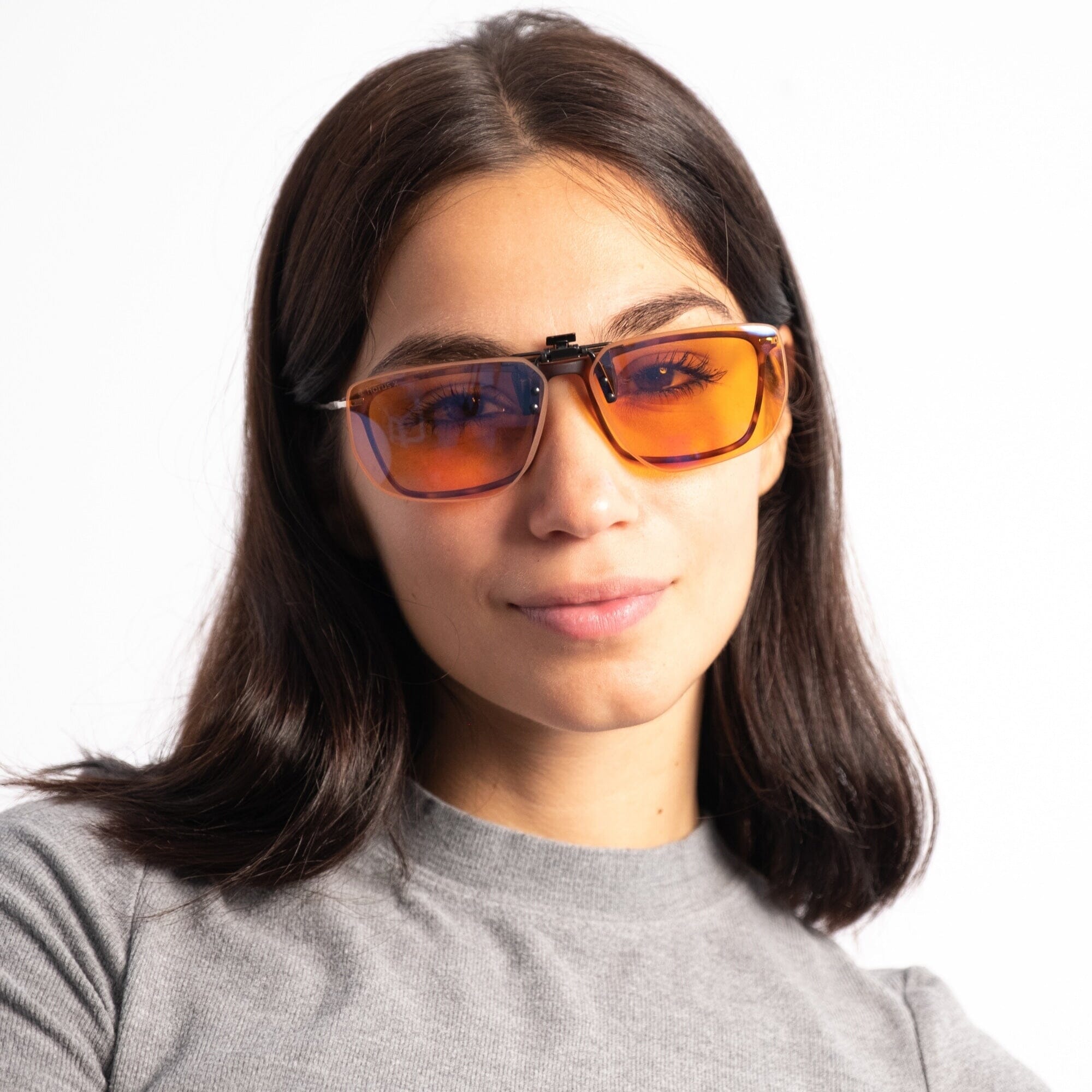
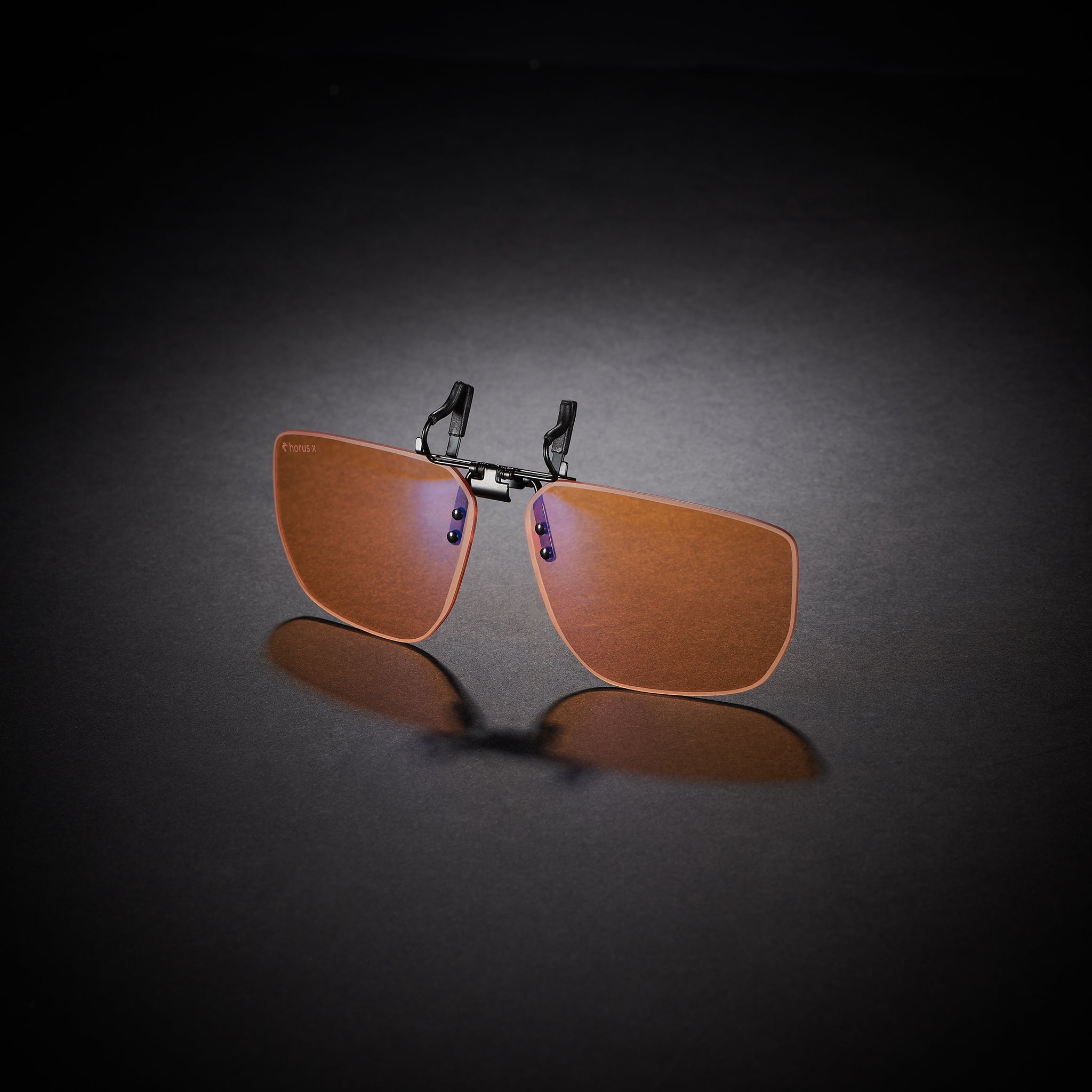
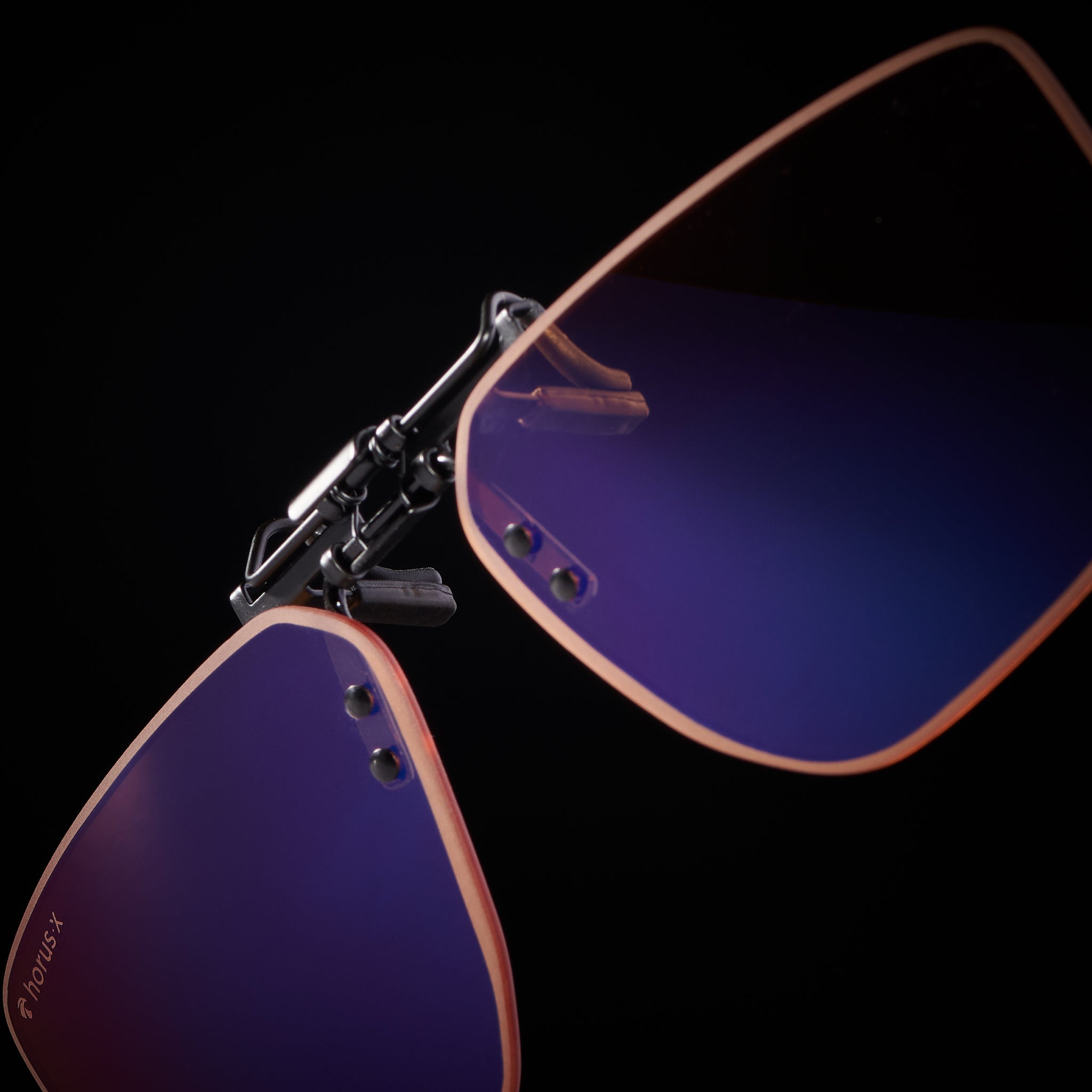
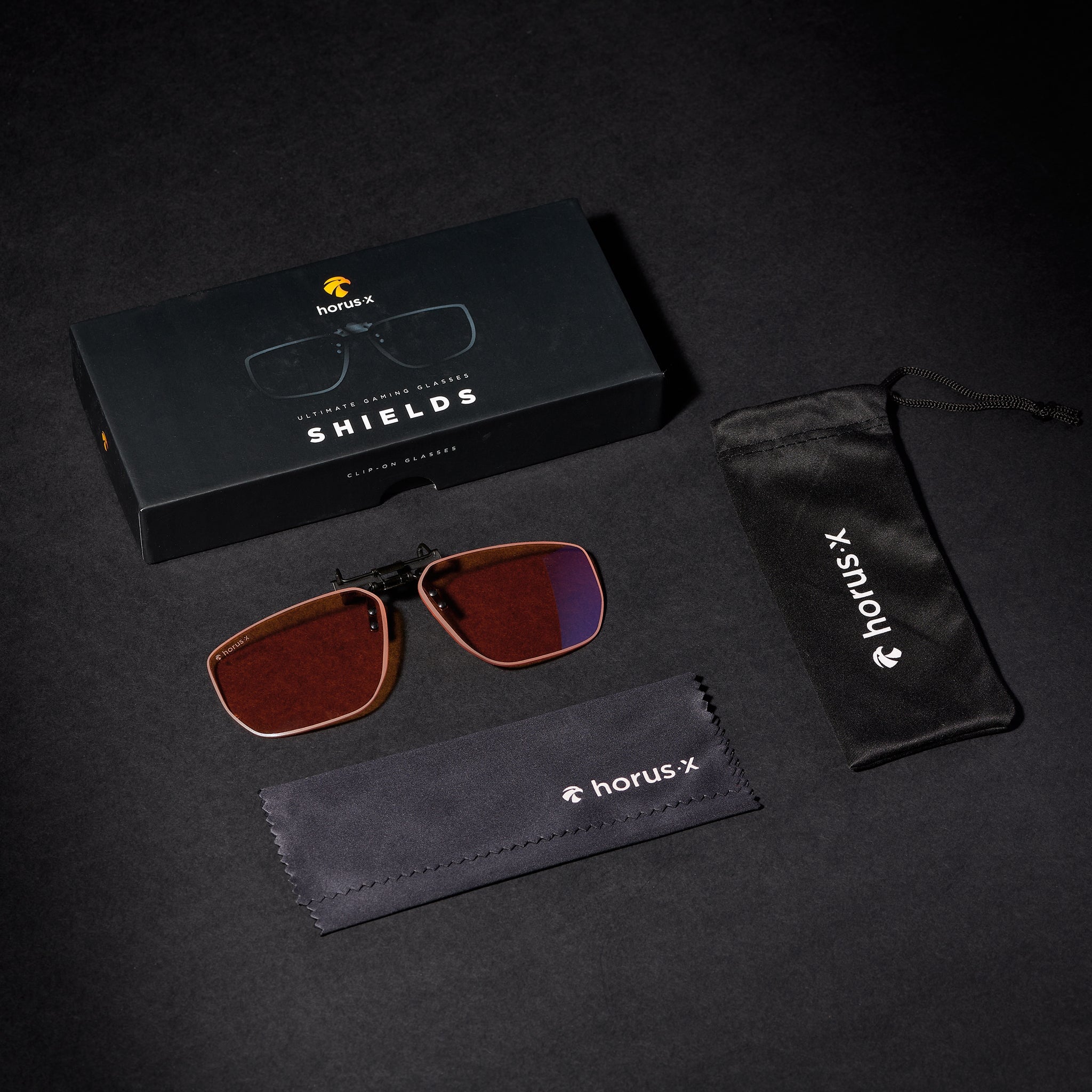
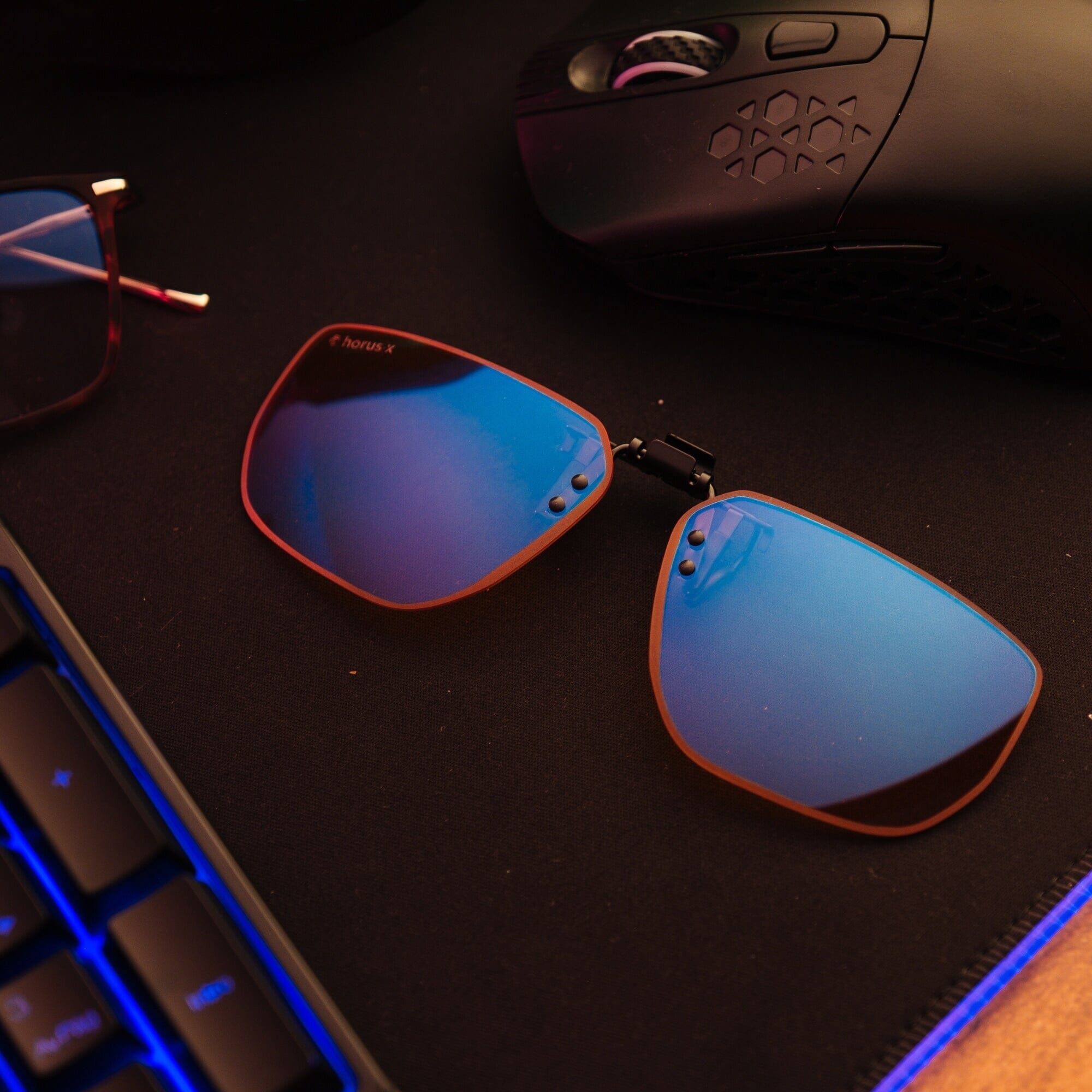
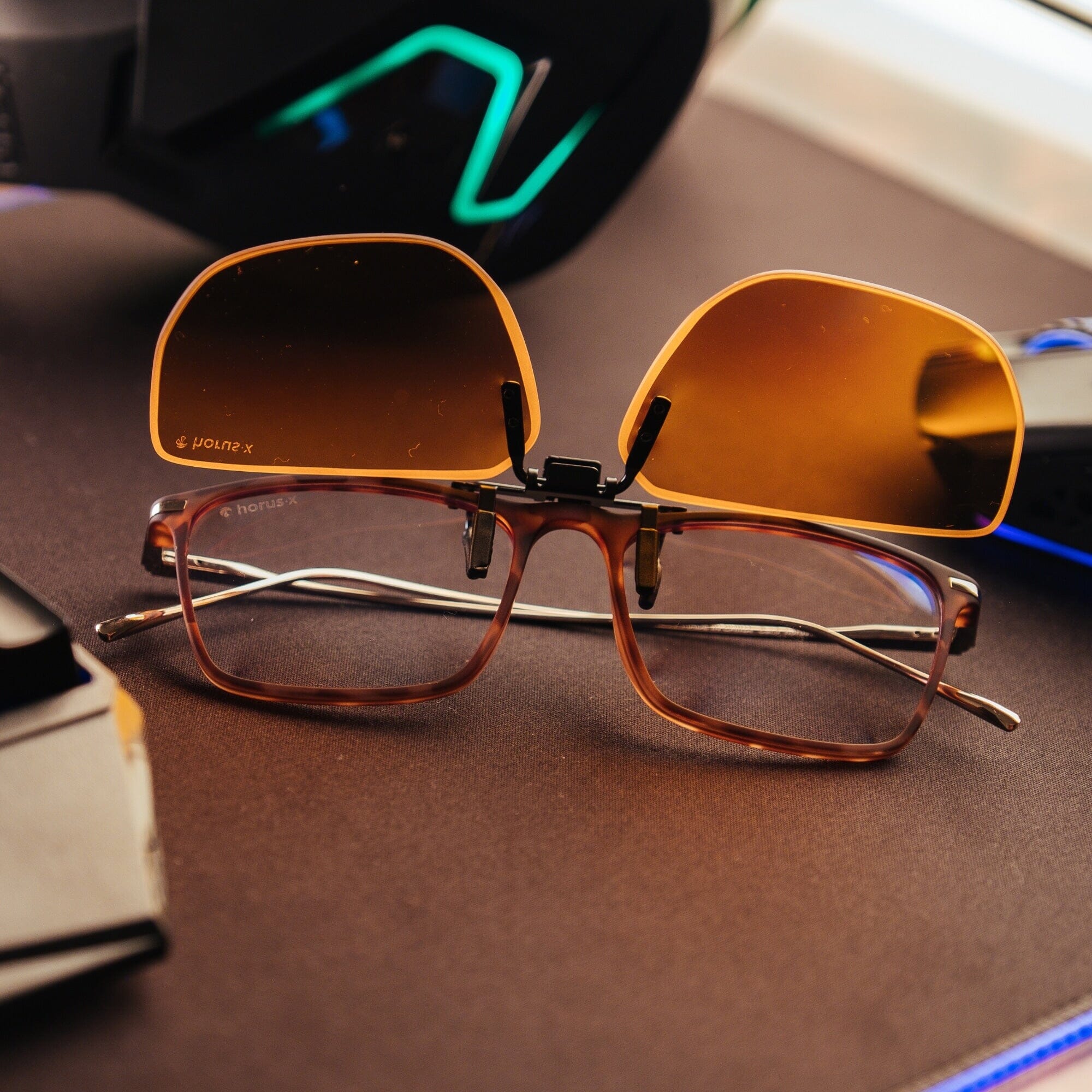
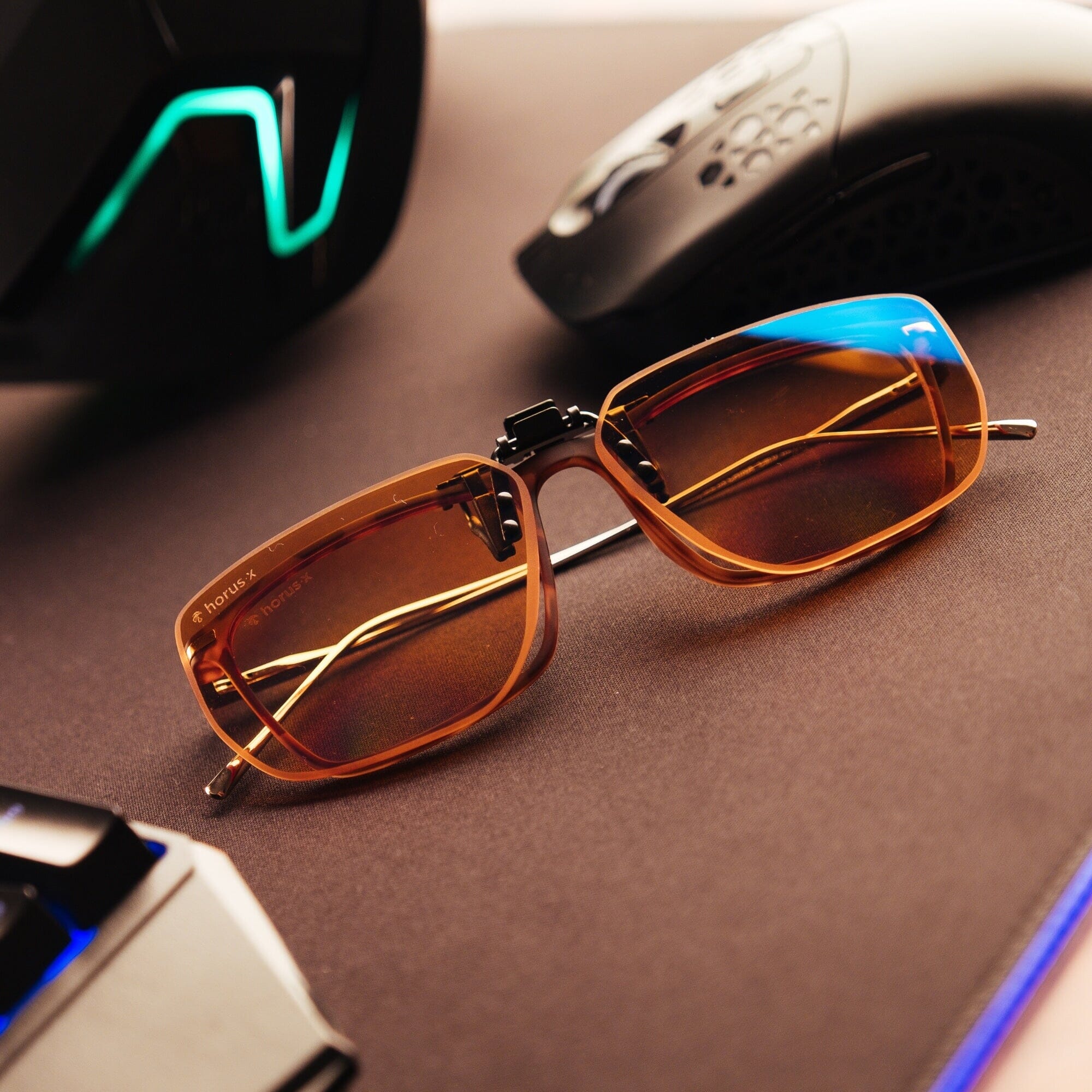

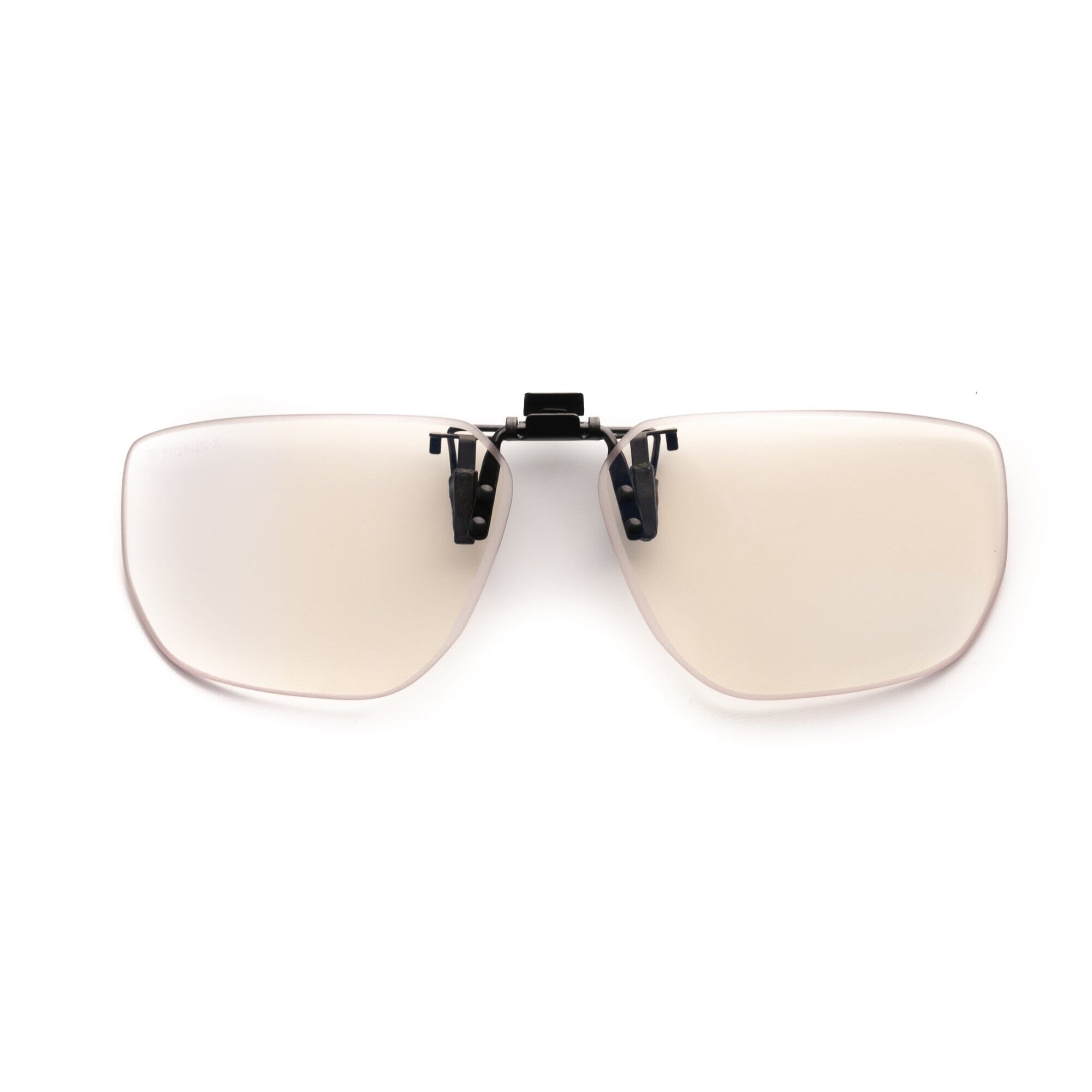
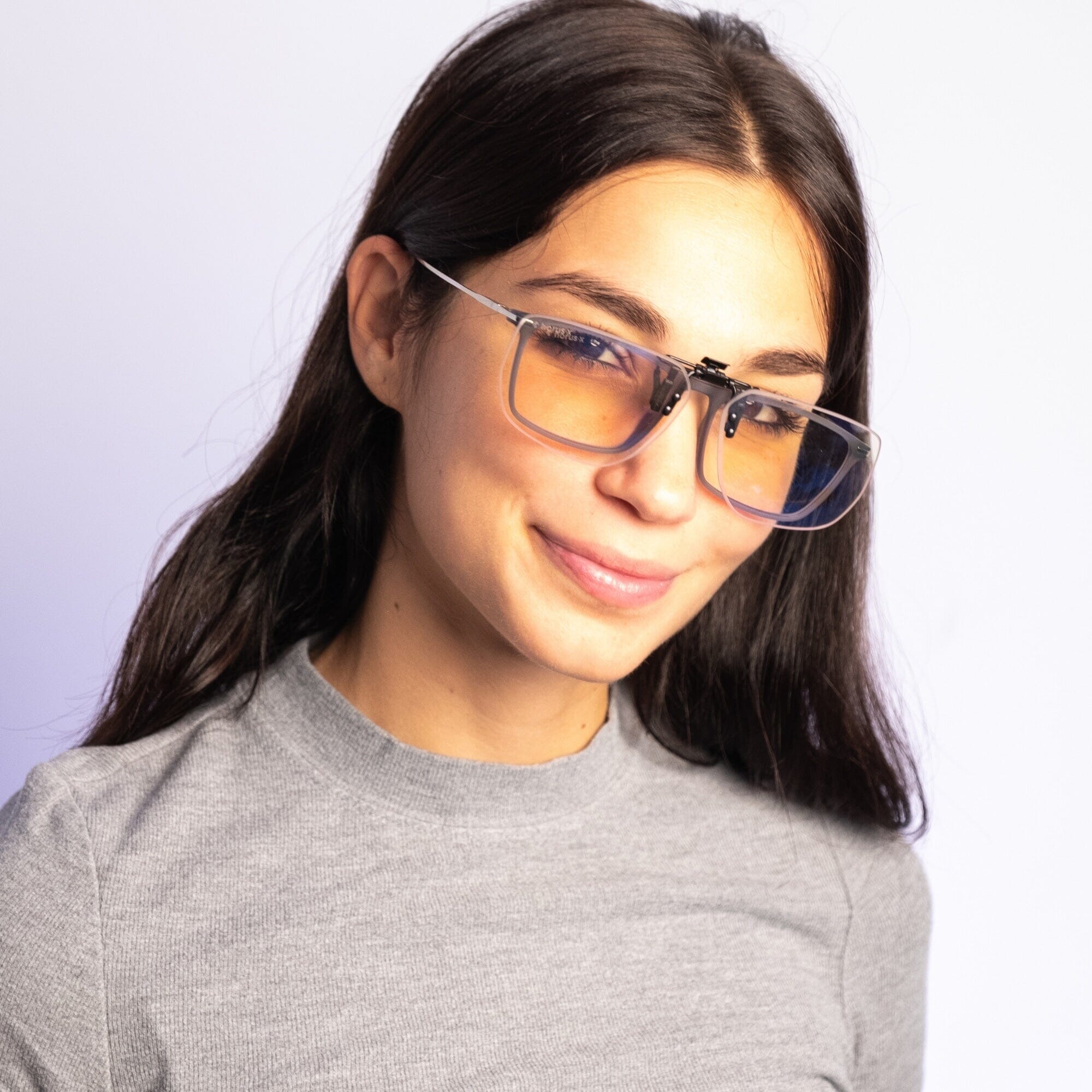

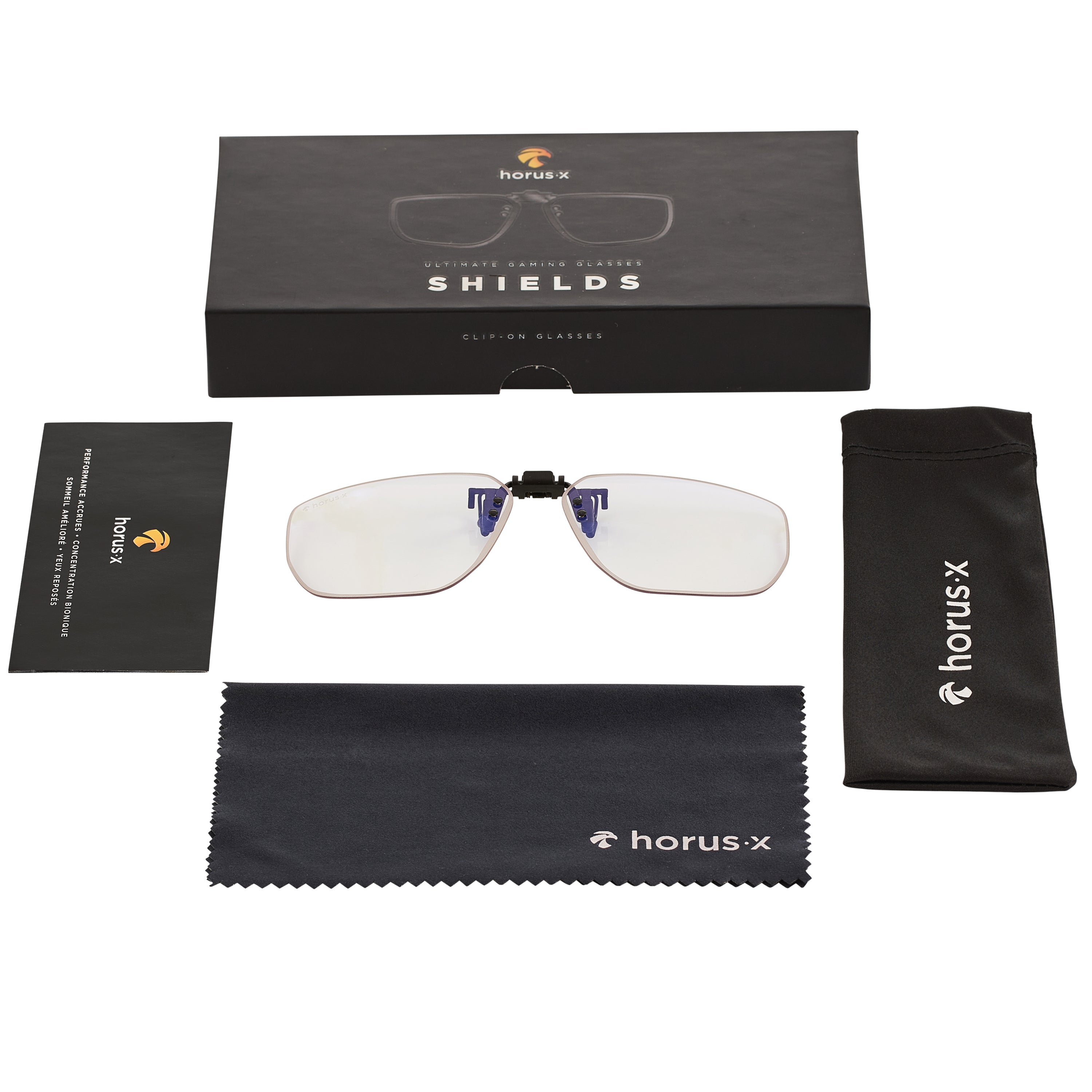
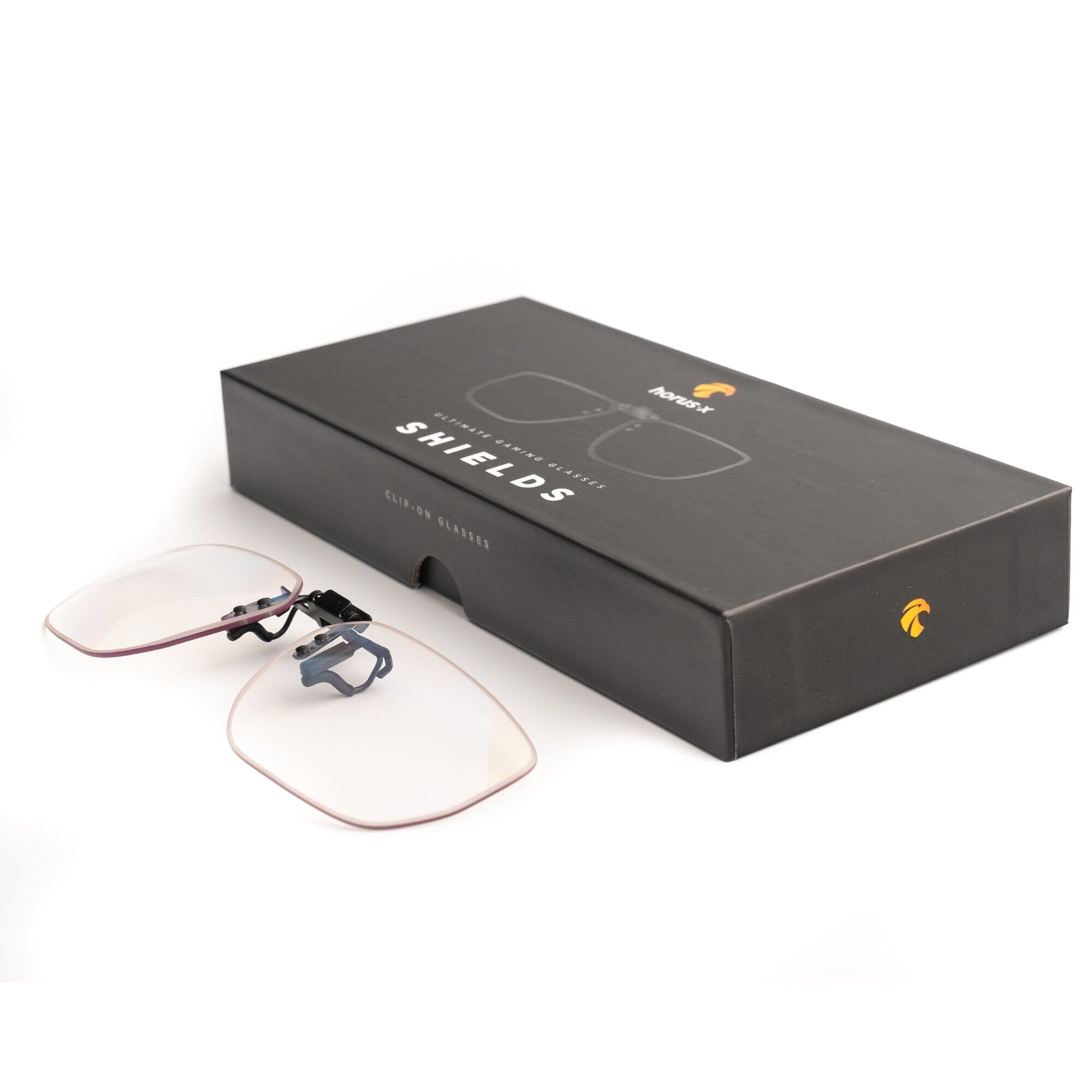
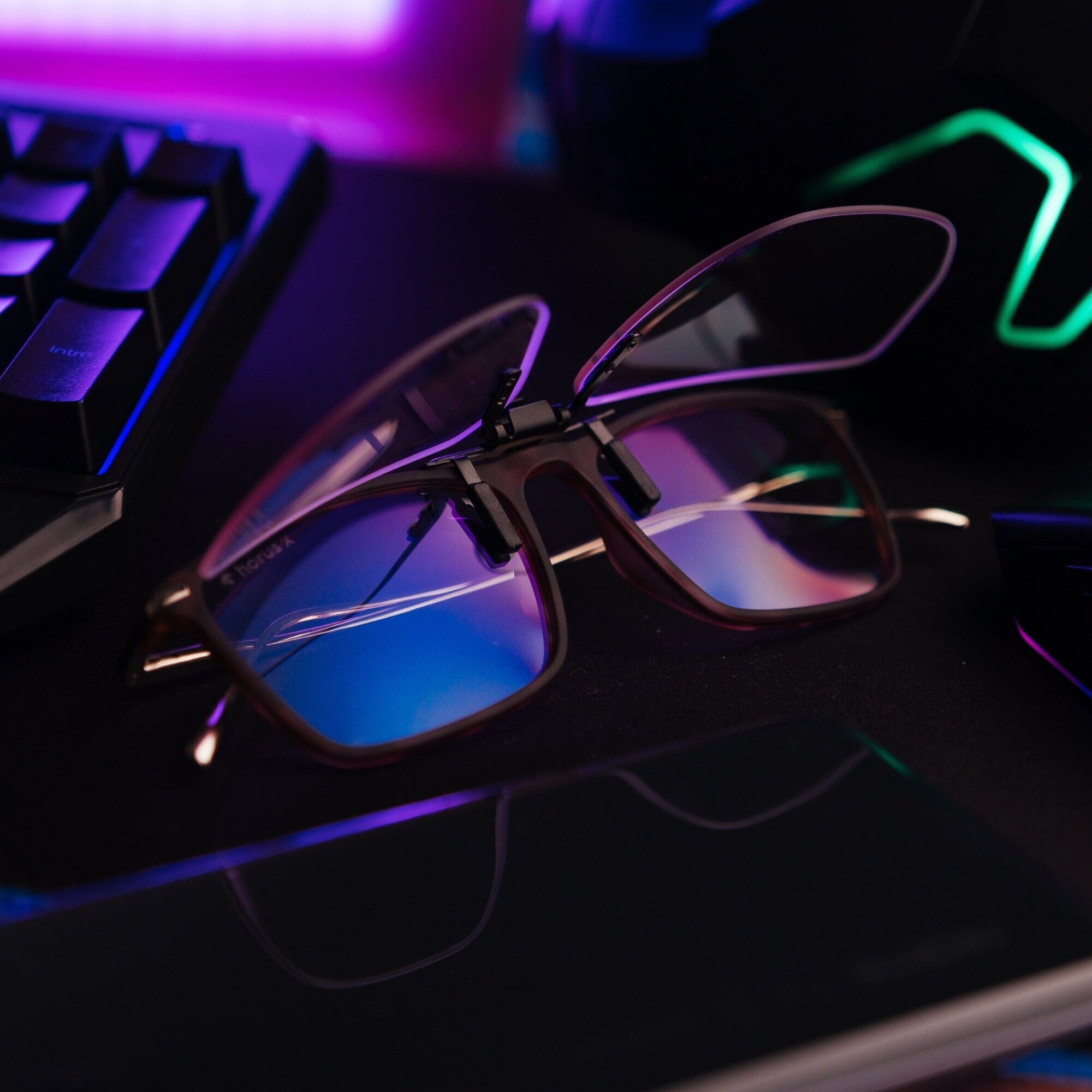
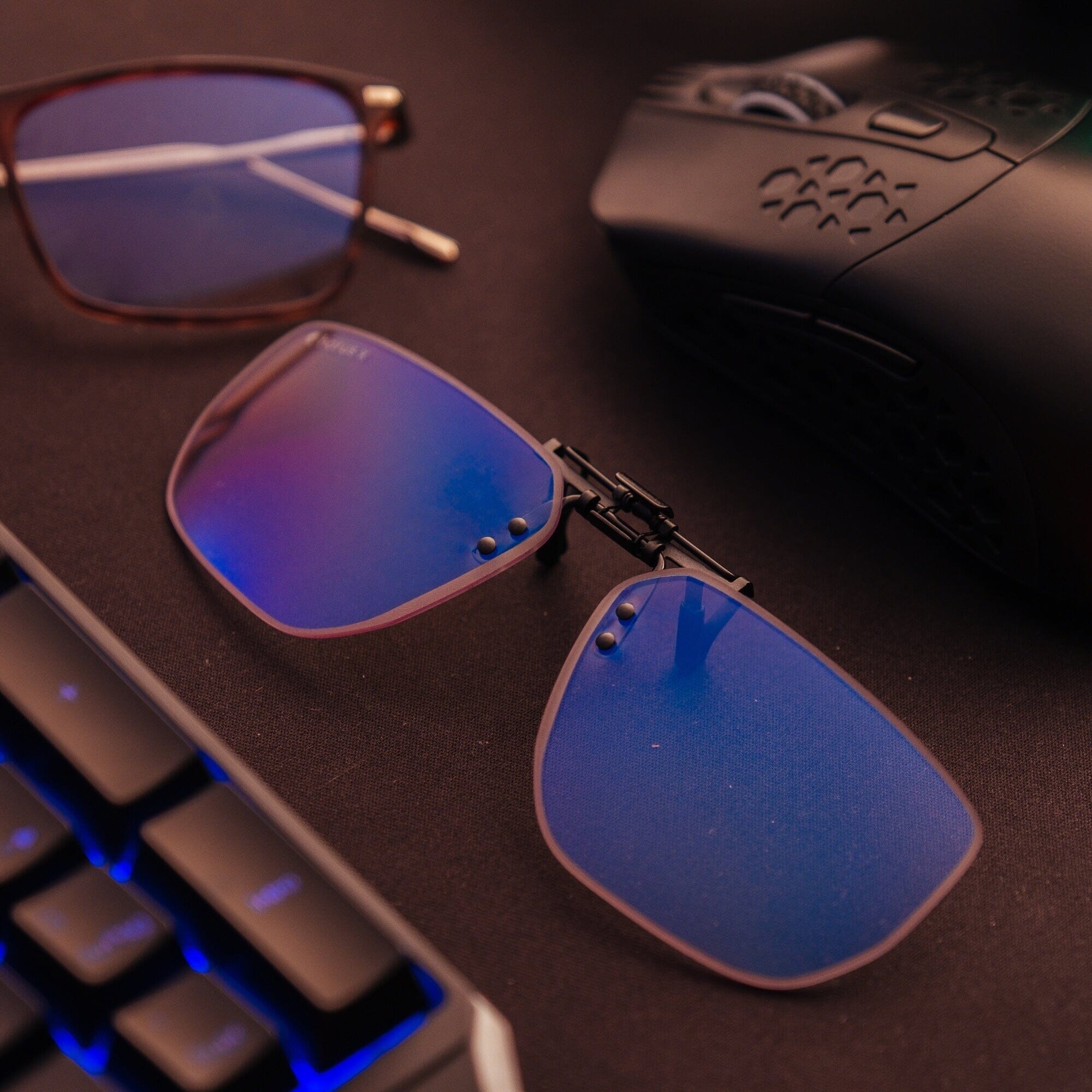
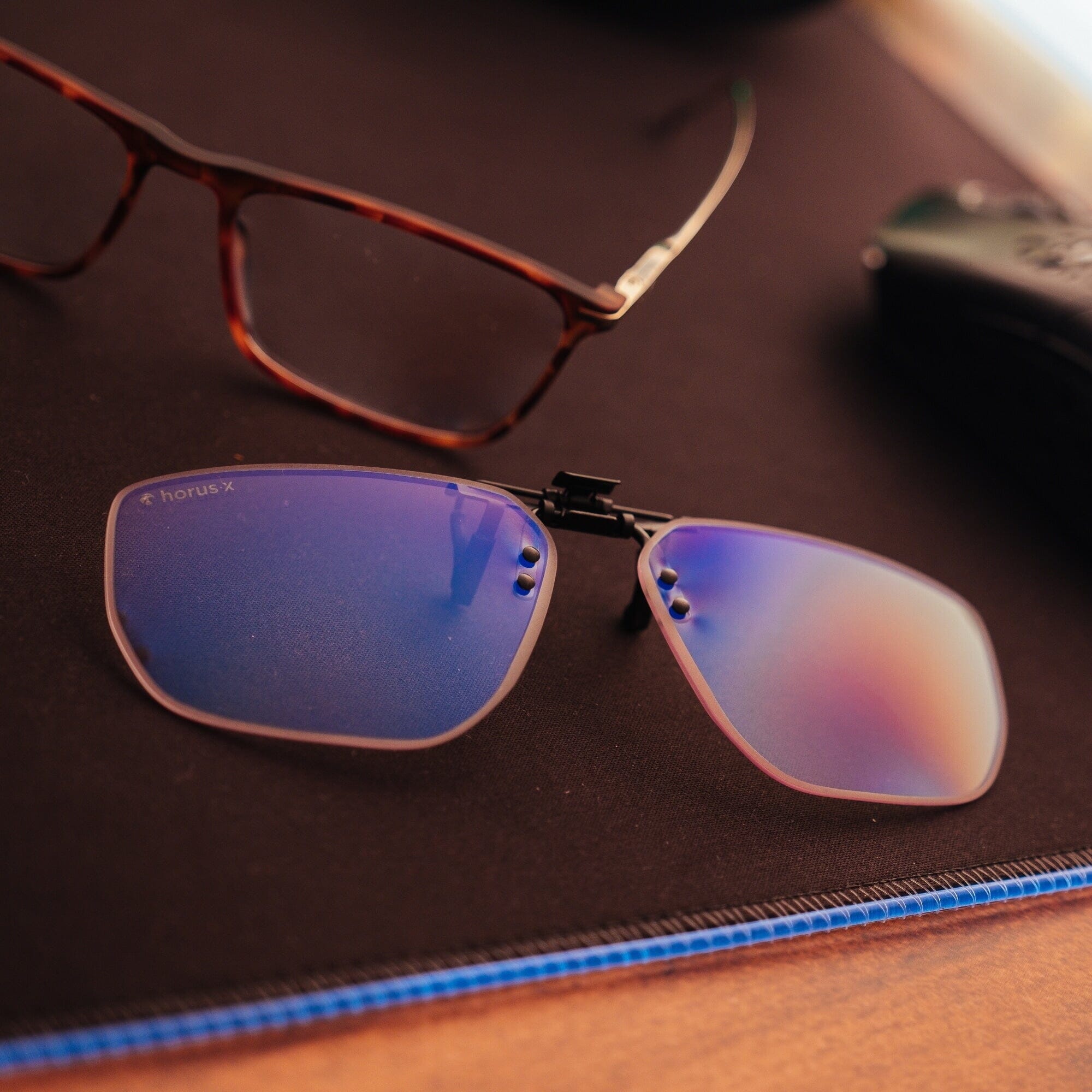
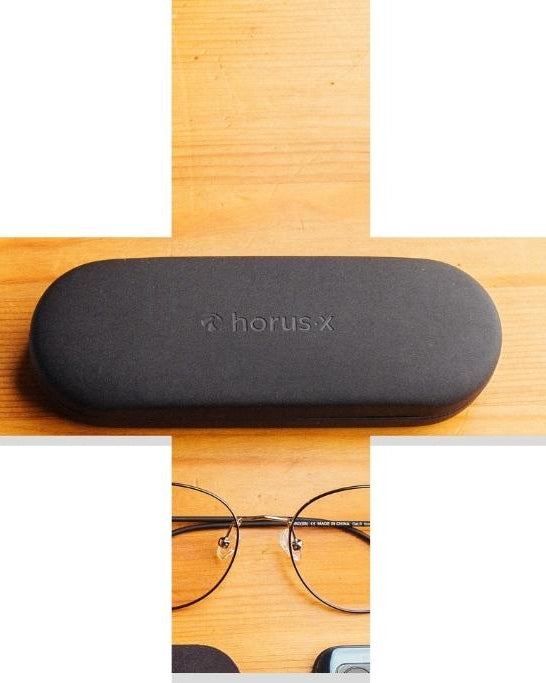






Comentarios
Merci pour les informations